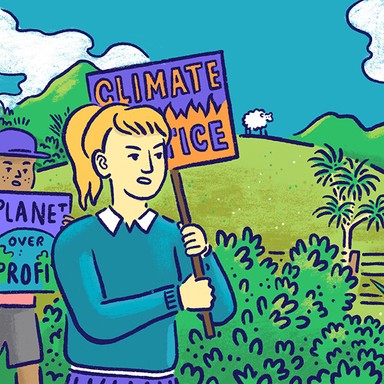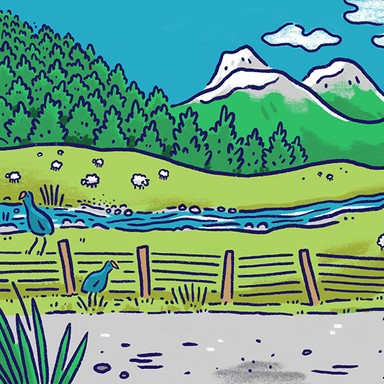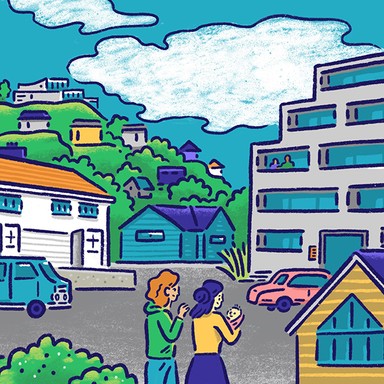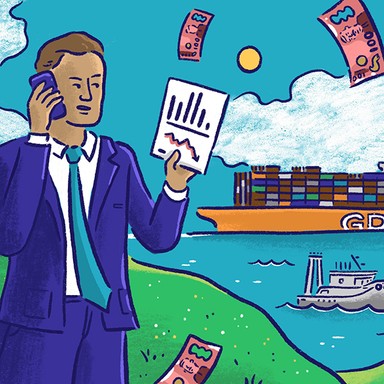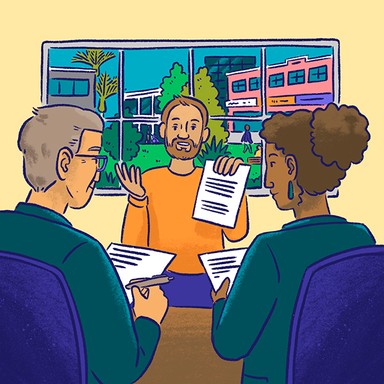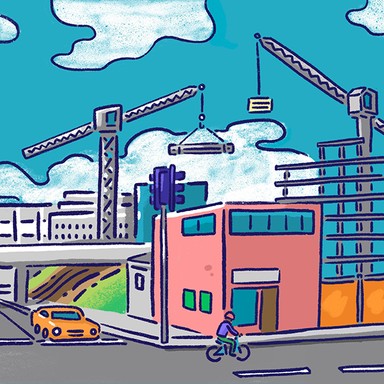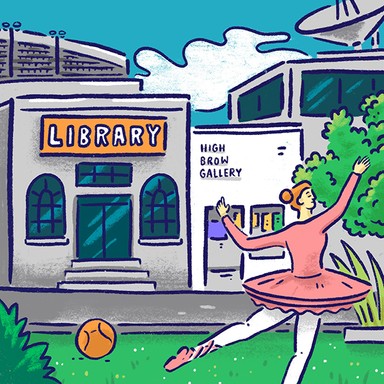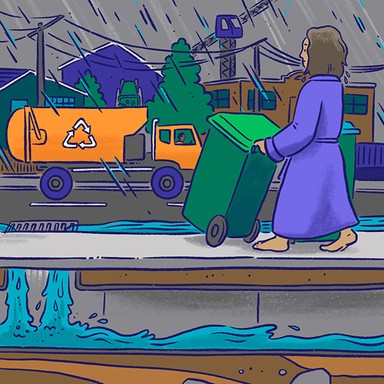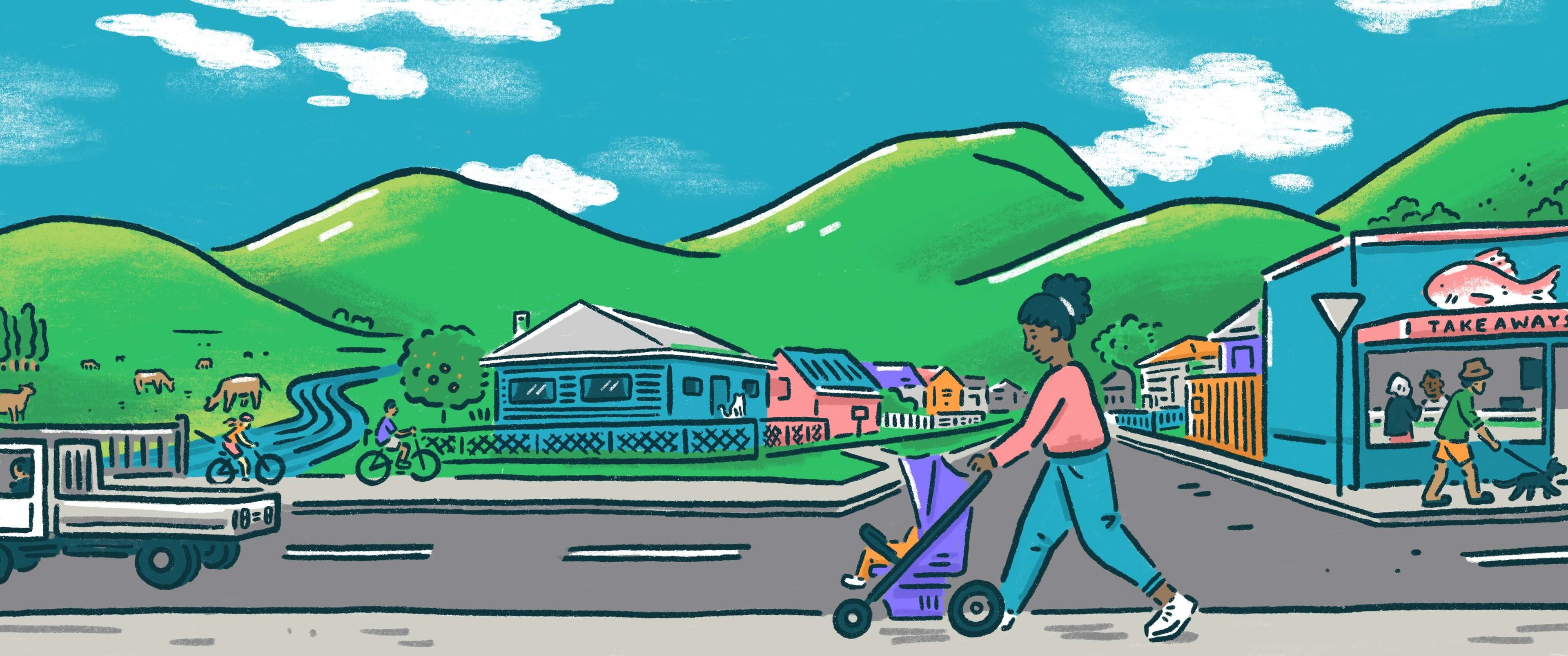
Hamilton City Council
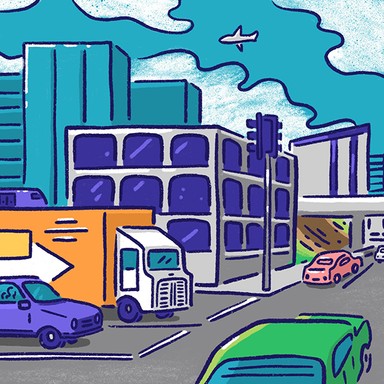
Transport
Helping communities get from A to B is a key responsibility of local government, from making sure the buses run on time to providing car parking and walking and cycling paths. Whether public transport is the responsibility of the regional or local council depends on where you are in the country. Local councils also own 87% of New Zealand’s roads.

Transport
Helping communities get from A to B is a key responsibility of local government, from making sure the buses run on time to providing car parking and walking and cycling paths. Whether public transport is the responsibility of the regional or local council depends on where you are in the country. Local councils also own 87% of New Zealand’s roads.
Address total traffic movement as a solution by recognising that buses are part of it, but Hamilton is very spread out with wide destinations.
Fix congestion around bridges across the river as this is the most serious challenge.
Ensure safety and education for all road and footpath users as growth will compound issues without careful planning.
Expand public transport routes to underserved areas and make bus stops weatherproof and serviced by Uber so home to bus stop is easier.
Improve road safety with better lighting, crossings and clamping down on motorbikes doing wheel stands in streets, intersections and parks.
Synchronise traffic lights to reduce congestion.
Focus transport budgets on fixing potholes, resurfacing roads and upgrading key routes.
Let people choose how they travel and stop social engineering through anti-car policies.
Stop wasting money on cycleways, speed bumps and parking cuts that slow everyone down.
Cease indiscriminate installation of traffic humps and in-lane bus stops, allowing raised crossings where they make sense but not all over.
End the "annoy people out of their cars" policy as the city is large, low rise and low density and best suited to cars.
Investigate the condition of all footpaths and address any issues found as soon as possible.
Collaborate with Waikato Regional Council to roll out more frequent, efficient and convenient buses like the successful Comet and Meteor.
Continue to partner with local schools to ensure they have the infrastructure needed to reduce school congestion and keep children safe.
Continue to prioritise accessible transport infrastructure such as bus shelters, curb cuts and mobility parking.
Develop continuous walking and cycling corridors that link neighbourhoods directly to transit nodes, schools and business centres.
Expand public transport routes and integrate on-demand services and establish light rail connection from airport to existing rail.
Improve safety with speed and red-light cameras at high-risk intersections and install anti-burnout treatments at key intersections.
Advocate for more government co-funding for improved bus services.
Improve accessibility by fixing footpaths, installing accessible bus kerbs, putting in safe signalised crossings and increasing mobility parking.
Get the Eastern Transport Corridor built to support growth around the Ruakura Inland Port.
Continue support for Hamilton Airport as a regional asset with growing potential.
Support continued public transport options, particularly new fast and frequent services.
Support practical improvements to our roads and footpaths for all road users.
Ensure the city supports a wide range of transport choices and is not solely focussed on cars.
Fix roads and footpaths first and prioritise maintenance and safety before funding new projects or costly experiments.
Remove in-lane bus stops and stop adding cycle lanes and speed bumps that drive up frustration and costs.
Stop traffic-control ideologies that restrict choice and let people move freely by car, bike or bus without council interference.
Address total traffic movement as a solution by recognising that buses are part of it, but Hamilton is very spread out with wide destinations.
Fix congestion around bridges across the river as this is the most serious challenge.
Ensure safety and education for all road and footpath users as growth will compound issues without careful planning.
Expand public transport routes to underserved areas and make bus stops weatherproof and serviced by Uber so home to bus stop is easier.
Improve road safety with better lighting, crossings and clamping down on motorbikes doing wheel stands in streets, intersections and parks.
Synchronise traffic lights to reduce congestion.
Focus transport budgets on fixing potholes, resurfacing roads and upgrading key routes.
Let people choose how they travel and stop social engineering through anti-car policies.
Stop wasting money on cycleways, speed bumps and parking cuts that slow everyone down.
Cease indiscriminate installation of traffic humps and in-lane bus stops, allowing raised crossings where they make sense but not all over.
End the "annoy people out of their cars" policy as the city is large, low rise and low density and best suited to cars.
Investigate the condition of all footpaths and address any issues found as soon as possible.
Collaborate with Waikato Regional Council to roll out more frequent, efficient and convenient buses like the successful Comet and Meteor.
Continue to partner with local schools to ensure they have the infrastructure needed to reduce school congestion and keep children safe.
Continue to prioritise accessible transport infrastructure such as bus shelters, curb cuts and mobility parking.
Develop continuous walking and cycling corridors that link neighbourhoods directly to transit nodes, schools and business centres.
Expand public transport routes and integrate on-demand services and establish light rail connection from airport to existing rail.
Improve safety with speed and red-light cameras at high-risk intersections and install anti-burnout treatments at key intersections.
Advocate for more government co-funding for improved bus services.
Improve accessibility by fixing footpaths, installing accessible bus kerbs, putting in safe signalised crossings and increasing mobility parking.
Get the Eastern Transport Corridor built to support growth around the Ruakura Inland Port.
Continue support for Hamilton Airport as a regional asset with growing potential.
Support continued public transport options, particularly new fast and frequent services.
Support practical improvements to our roads and footpaths for all road users.
Ensure the city supports a wide range of transport choices and is not solely focussed on cars.
Fix roads and footpaths first and prioritise maintenance and safety before funding new projects or costly experiments.
Remove in-lane bus stops and stop adding cycle lanes and speed bumps that drive up frustration and costs.
Stop traffic-control ideologies that restrict choice and let people move freely by car, bike or bus without council interference.
Mayor
Compare the mayoral candidates in your area
Local council
Compare the candidates for your city or district council
Regional council
Compare the candidates for your regional council
Local board
Compare the candidates for your local or community board
